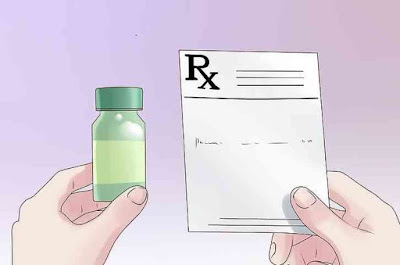1.
Consider taking medication. If you find it difficult to clear
small stones yourself, you may be told by your doctor medicine that relaxes
the muscles in your urethra to help you get your calculus through. This should
be enough to clear small calculations, but you may need something more powerful
to make larger calculations. If your calculations come from uric acid,
potassium citrate may be enough for your calculations to dissolve on their own.
2. Get treated with lithotripsy.
This procedure uses sound waves to break up large calculations and facilitate
their evacuation. Since this procedure can be quite painful, patients are
usually anaesthetized for 30 to 45 minutes during this process of fragmentation
of stones. This treatment is effective, but it can cause bruising and pain when
the fragmented pieces of stones are finally removed.
3. If you can remove the stones with
a ureteroscope. Calculi that are too large to be fragmented with
lithotripsy but still too small to require surgery can be removed using a
catheter inserted into the urethra. Once the calculation is located, it is
broken using small instruments. The procedure is usually done under local or
general anaesthesia since it can be quite painful.
4. Use percutaneous nephrolithotomy.
For large calculations that can not be broken, it may be necessary to have
surgery to remove them. A small incision is made in the patient's back and a
tiny instrument is inserted to remove the kidney stones. This type of
intervention requires an overnight stay in the hospital.
5. See if thyroid treatment is
needed. In some cases, calcified kidney stones are caused by
hyperthyroidism, which occurs when the thyroid glands produce too much hormone.
This can happen when a small tumour appears on a thyroid gland or when another
pathology disrupts the functioning of the thyroid. Once your doctor has
determined the cause of your hyperthyroidism, he will recommend appropriate
treatment to correct this problem.



0 Comments